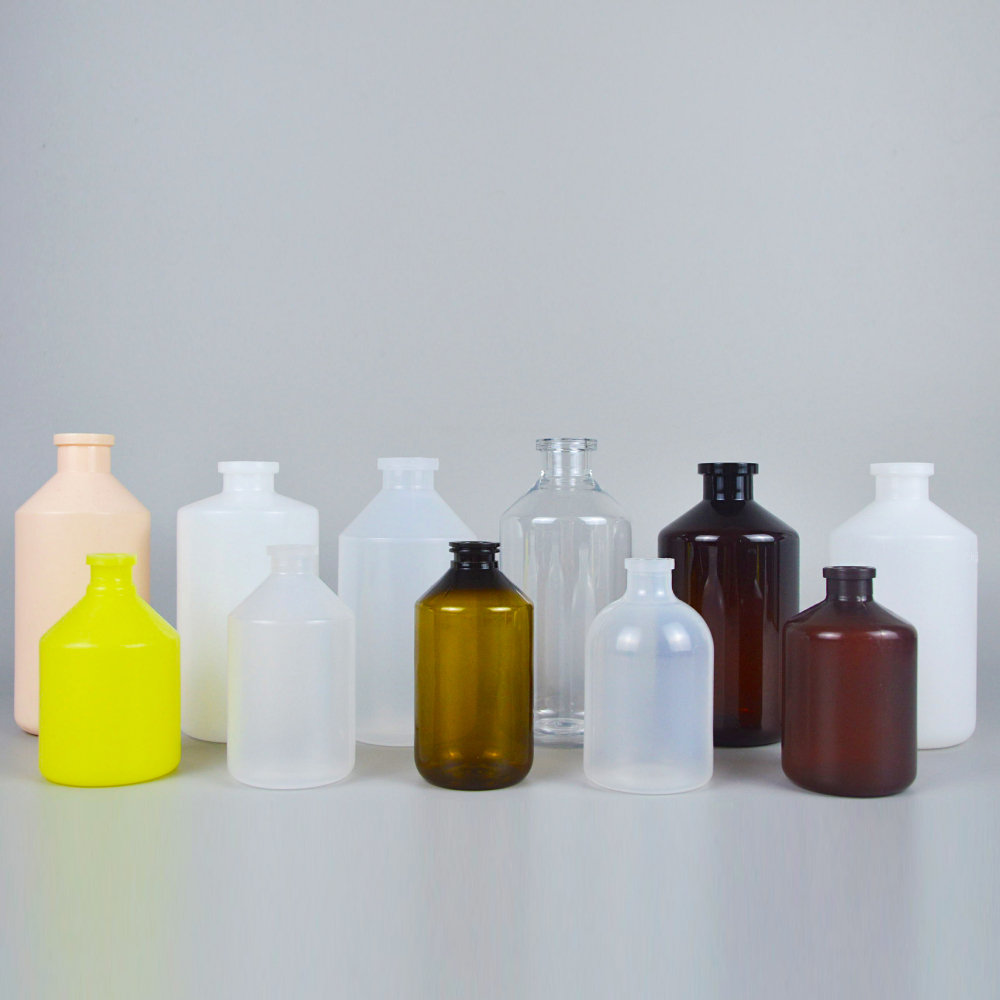small liquid medicine container
The Importance of Small Liquid Medicine Containers
In the rapidly evolving field of pharmaceuticals and healthcare, the packaging of medications plays a crucial role in ensuring their safe storage, transportation, and administration. One of the most innovative and functional advancements in this arena is the development of small liquid medicine containers. These compact vials and bottles are designed to enhance patient experience, preserve medication integrity, and facilitate adherence to treatment regimens.
Design and Functionality
Small liquid medicine containers are available in various shapes and sizes, tailored to accommodate different types of liquids, from vaccines to syrups. The materials used in their construction—such as glass and high-density polyethylene—are chosen for their ability to protect the contents from light, moisture, and air. This is critical, as many medications can degrade when exposed to environmental factors. An ideal container should also be easy to open, even for individuals with limited dexterity, reflecting a commitment to user-centered design.
Moreover, these containers often come equipped with features like child-resistant caps, tamper-evident seals, and integrated dosing mechanisms. These innovations are essential for ensuring safety, particularly in households with children. By minimizing the risk of accidental ingestion, pharmaceutical companies not only protect young lives but also enhance the overall credibility and responsibility of the industry.
Enhancing Medication Adherence
One of the significant challenges facing healthcare today is medication non-adherence, where patients fail to take their medications as prescribed. Small liquid medicine containers play a pivotal role in addressing this issue. Their design allows for easy storage and transport, encouraging patients to carry their medications with them and take them as recommended.
Furthermore, the incremental dosing features—like syringes or droppers integrated into the container—make it simpler for patients to administer the correct amount of medication. When patients can easily measure and dispense their doses, it reduces the likelihood of errors that could arise from using improvised tools or household items. As a result, healthcare providers can feel more confident that patients are receiving their prescribed dosages, thereby improving overall health outcomes.
small liquid medicine container

Environmental Impact
With the increasing attention on environmental sustainability, the small liquid medicine container industry is also evolving. Many companies are now focusing on creating eco-friendly packaging, using recyclable materials or designing containers that use less plastic. Such advancements not only satisfy regulatory pressures to reduce waste but also align with consumer demand for sustainable practices. By minimizing environmental impact, the pharmaceutical industry can contribute to a healthier planet while also meeting patient needs.
Challenges and Considerations
Despite their advantages, small liquid medicine containers are not without challenges. The need for stringent regulatory compliance is a fundamental aspect of the industry. Manufacturers must ensure that their containers meet safety and efficacy standards set by governing bodies. Additionally, variations in product formulations across different regions can complicate the design and manufacturing processes.
Another challenge is the potential for medication errors stemming from mislabeling or improper handling. It is crucial for pharmacies and healthcare providers to educate patients about the proper use and storage of their medications, including an understanding of packaging features. Ensuring that patients know how to read labels and recognize dosing instructions contributes to the safe and effective use of medications contained within these small vessels.
Conclusion
Small liquid medicine containers are more than mere vessels; they are an integral component of modern healthcare delivery. By prioritizing design, safety, and user-friendliness, these containers facilitate better medication management and adherence, ultimately leading to improved health outcomes for patients. As the industry continues to innovate, focusing on sustainability and regulatory compliance will shape the future of pharmaceutical packaging. Ultimately, the evolution of small liquid medicine containers signifies a broader commitment to enhancing patient care and safety in a fast-paced and changing world.
-
Aesthetic Makeup Spray Bottles | Fine Mist Empty RefillableNewsAug.19,2025
-
White Plastic Veterinary Vaccine Vials | Lab Liquid BottlesNewsAug.18,2025
-
Plastic Medicine Liquid Bottle: Secure Flip Top Drug VialsNewsAug.17,2025
-
Durable 250ml Blue Plastic Vaccine Vial for Lab & Vet UseNewsAug.16,2025
-
Sterile Virus Sample Tubes: Secure & Reliable Specimen CollectionNewsAug.15,2025
-
White 250ml Plastic Vaccine Vial for Lab & Vet MedicineNewsAug.14,2025
























